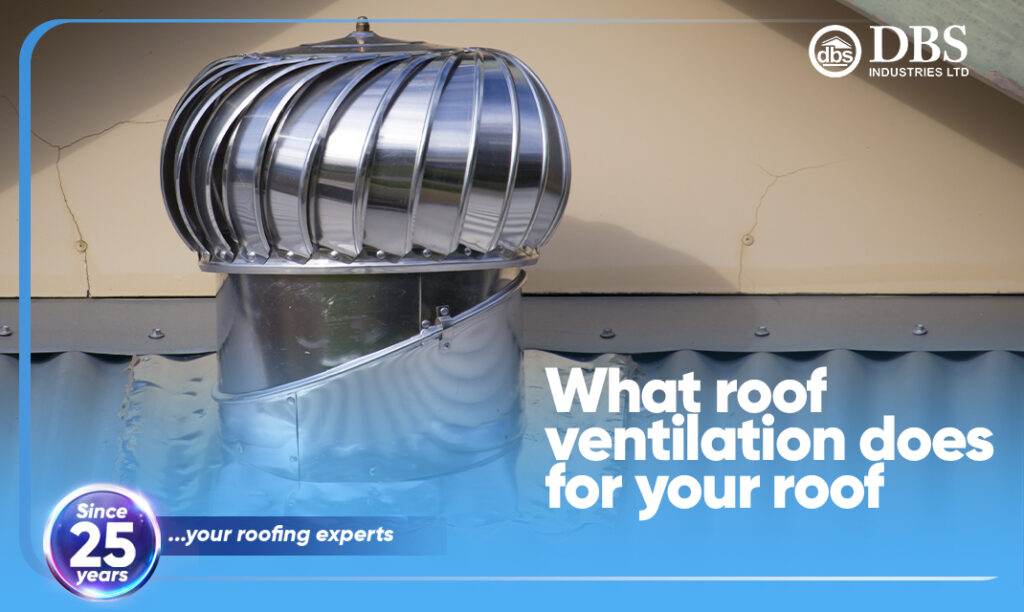The Ghanaian sun is renowned for its power, and it doesn’t discriminate when it comes to your building’s roof. With daily blasts of heat, your roof cavity rapidly heats up, which becomes trapped and heats the rest of the building. Roof ventilation is an effective and efficient way to help regulate the temperature of the property.
In this blog, we’ll discuss how roof ventilation works and its benefits to you as a homeowner.
How does roof ventilation work?
The purpose of roof ventilation is to refresh the air in your roof cavity. This means letting cooler fresh air into the roof from outside and pushing warmer air out. Fresh air enters the roof cavity from vents, usually placed under the eave where the sun’s rays can’t reach. Stale air is extracted from the roof through a fan turbine vent which can either be powered by electricity or spun by natural air pressure flowing over the property.
What are the benefits of roof ventilation?
The main benefit of roof ventilation is to regulate the temperature of the roof cavity so that it doesn’t heat or cool the rest of the property. If you’re living in a building with an unventilated roof, your air conditioning will be working harder to cool your property. Air conditioning consumes a lot of energy, so roof ventilation can help to improve the energy efficiency of the home.
Roof ventilation also prevents the accumulation of moist air in your roof cavity. Accumulated moist air can create extremely humid conditions that threaten the structural integrity of the home, in addition to producing swatches of smelly mould.
Roof ventilation is an important part of climate control in the home. Ventilation is an effective way to regulate its temperature and humidity, ensuring that the rest of the property remains in good condition and cool all year round.

